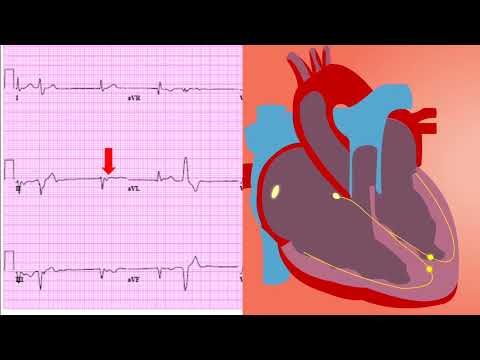🎬 Video Summary
This video provides a detailed 3D visualization of the ERCP (Endoscopic Retrograde Cholangiopancreatography) procedure. It clearly explains the steps involved in ERCP, making it an excellent resource for medical professionals and students seeking to understand this important diagnostic and therapeutic technique. The video also touches upon the indications for performing an ERCP.
🧠 Teaching Perls
- 💡 Understand the anatomical landmarks crucial for successful ERCP.
- 💡 Learn the step-by-step process of cannulating the bile duct during ERCP.
- 💡 Visualize the use of fluoroscopy to guide ERCP procedures.
- 💡 Appreciate the role of ERCP in diagnosing and treating biliary and pancreatic disorders.
- 💡 Recognize potential complications associated with ERCP and strategies for their prevention.
❓ Frequently Asked Questions
Q: What are the main indications for performing an ERCP?
A: ERCP is primarily indicated for the diagnosis and treatment of conditions affecting the bile ducts and pancreatic ducts, such as gallstones, strictures, tumors, and pancreatitis.
Q: How is ERCP different from other endoscopic procedures like EGD or Colonoscopy?
A: Unlike EGD and Colonoscopy, which visualize the esophagus, stomach, and colon respectively, ERCP uses a side-viewing endoscope and fluoroscopy to access and treat the bile and pancreatic ducts.
Q: What are the potential risks and complications associated with ERCP?
A: Potential complications of ERCP include pancreatitis, bleeding, infection, perforation, and adverse reactions to sedation. The risk is minimized with careful technique and patient selection.
Q: How long does an ERCP procedure typically take?
A: The duration of an ERCP procedure varies depending on the complexity of the case, but it generally takes between 30 minutes to 2 hours.
Q: What preparation is required before undergoing an ERCP?
A: Patients undergoing ERCP are typically required to fast for several hours beforehand and may need to adjust their medications, particularly blood thinners.
Q: What is the recovery process like after an ERCP?
A: After ERCP, patients are monitored for several hours for any complications. They may experience mild abdominal discomfort or nausea, which usually resolves within a day or two.
🧠 Key Takeaways
- 💡 Visualizing the ERCP procedure in 3D enhances understanding of the anatomy and instrumentation involved.
- 💡 ERCP is a powerful tool for diagnosing and treating a variety of biliary and pancreatic diseases.
- 💡 Understanding the indications, contraindications, and potential complications of ERCP is crucial for patient safety.
- 💡 The video provides a clear depiction of the cannulation process, a critical step in ERCP.
- 💡 Learn how fluoroscopy is used in real-time to guide and ensure the accuracy of ERCP.
🔍 SEO Keywords
ERCP procedure, Endoscopic Retrograde Cholangiopancreatography, Bile duct, Pancreatic duct, Biliary disease, Pancreatitis, 3D medical animation.
“`

